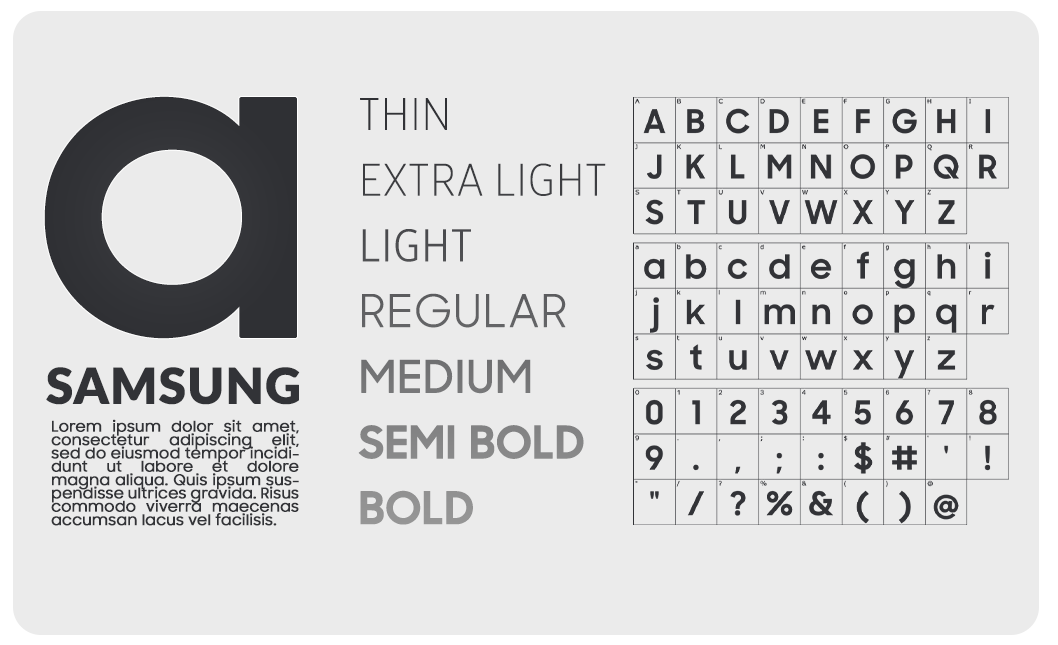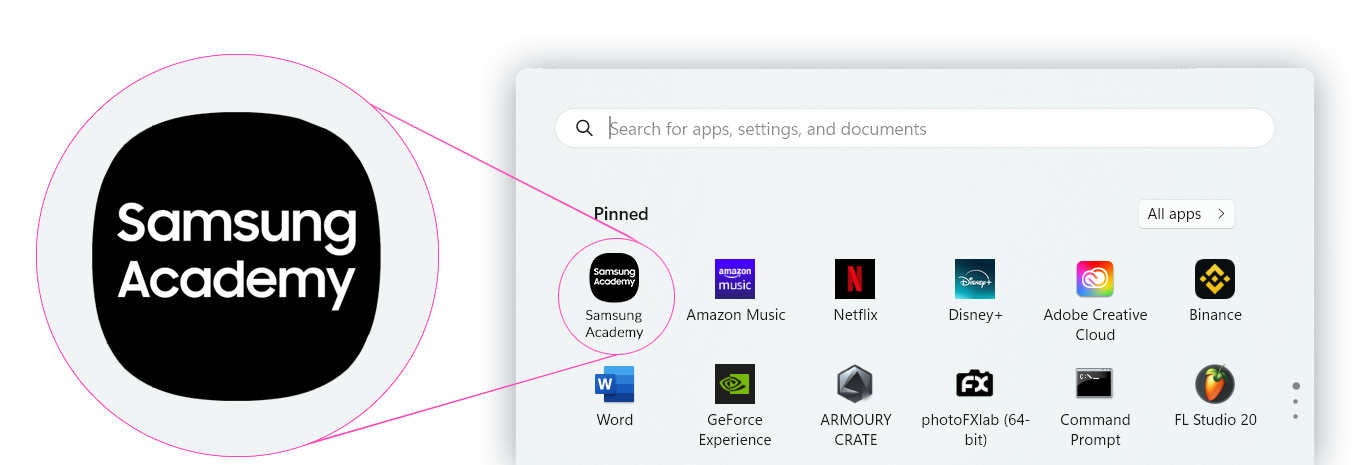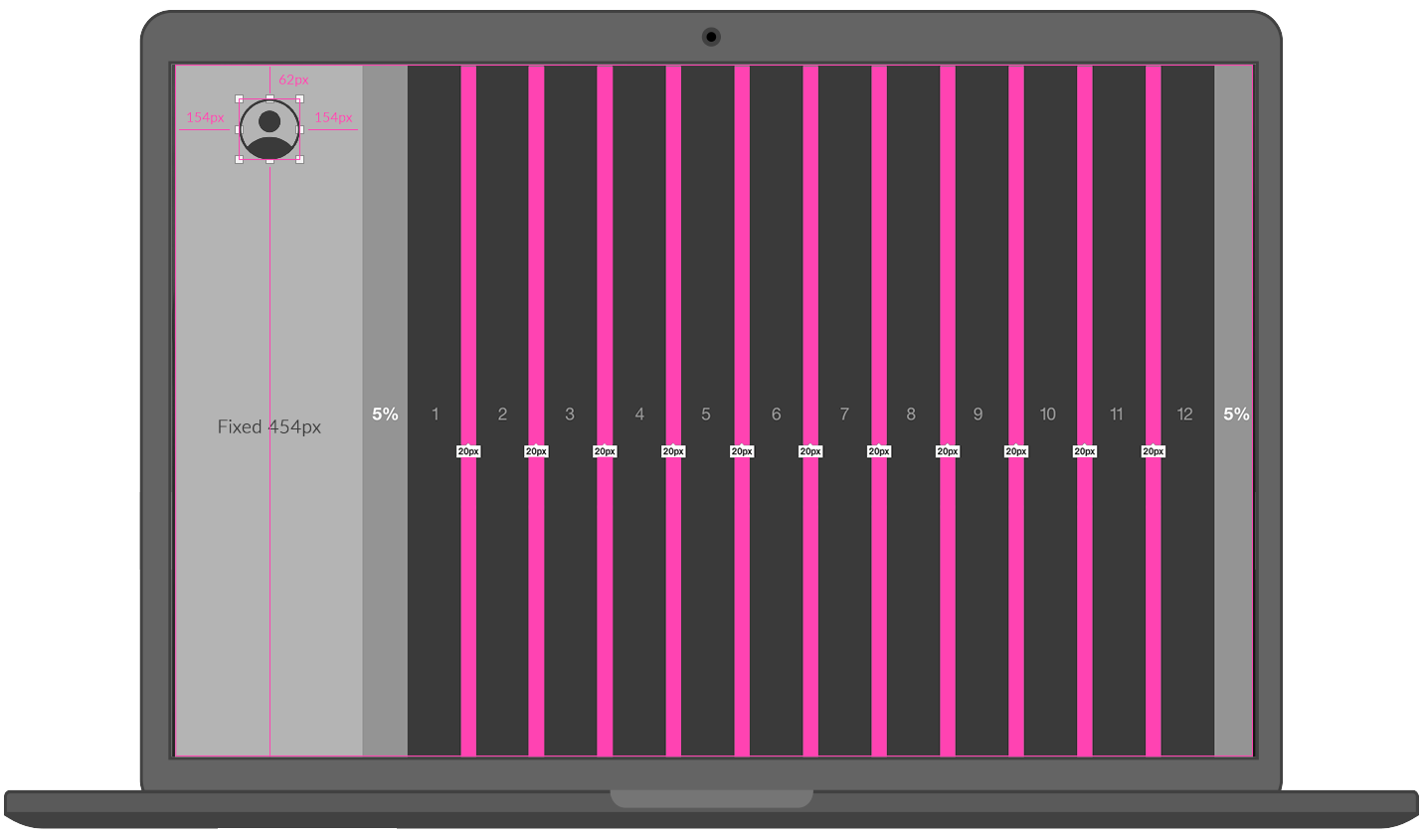REFLECTION
TAKEAWAYS & NEXT STEPS
Reflecting on the development of the Samsung Desktop App, we gained valuable insights into the importance of user-centric design, thorough testing, and effective collaboration between designers and developers. Key takeaways include the significance of empathy mapping in understanding user needs, the efficiency of using low-fidelity prototypes for early feedback, and the precision required in high-fidelity prototypes for final validation. Moving forward, our next steps involve continuously iterating based on user feedback, integrating advanced features, and ensuring the app evolves with Samsung's product offerings to consistently enhance the training experience.


